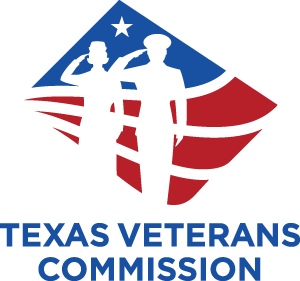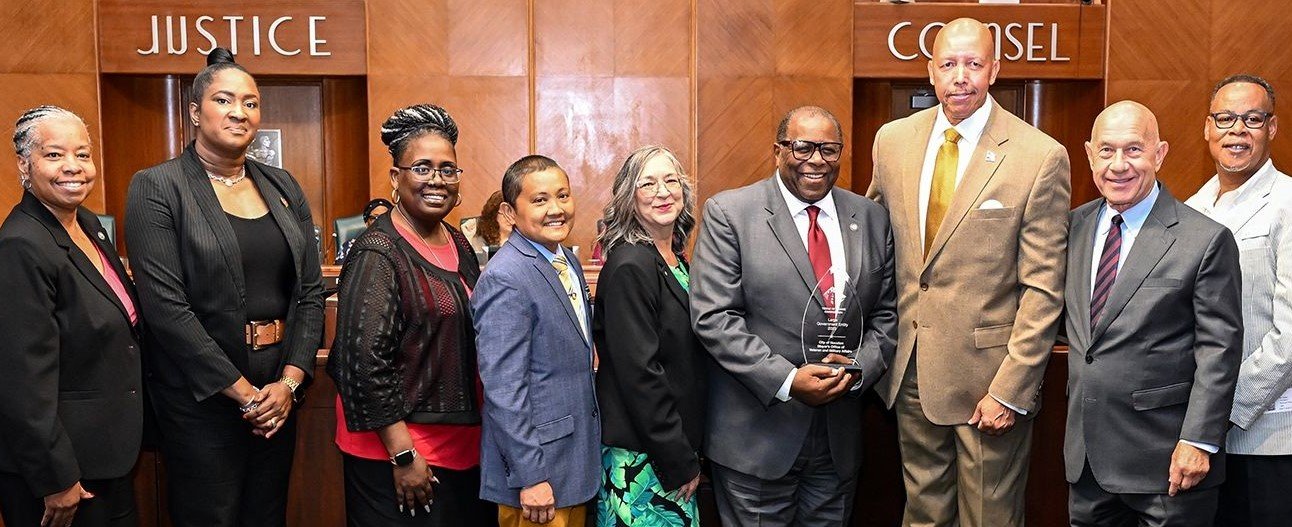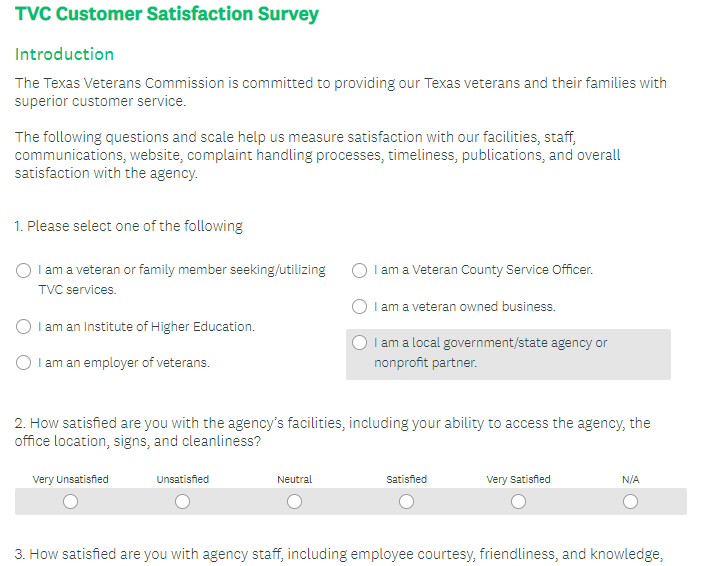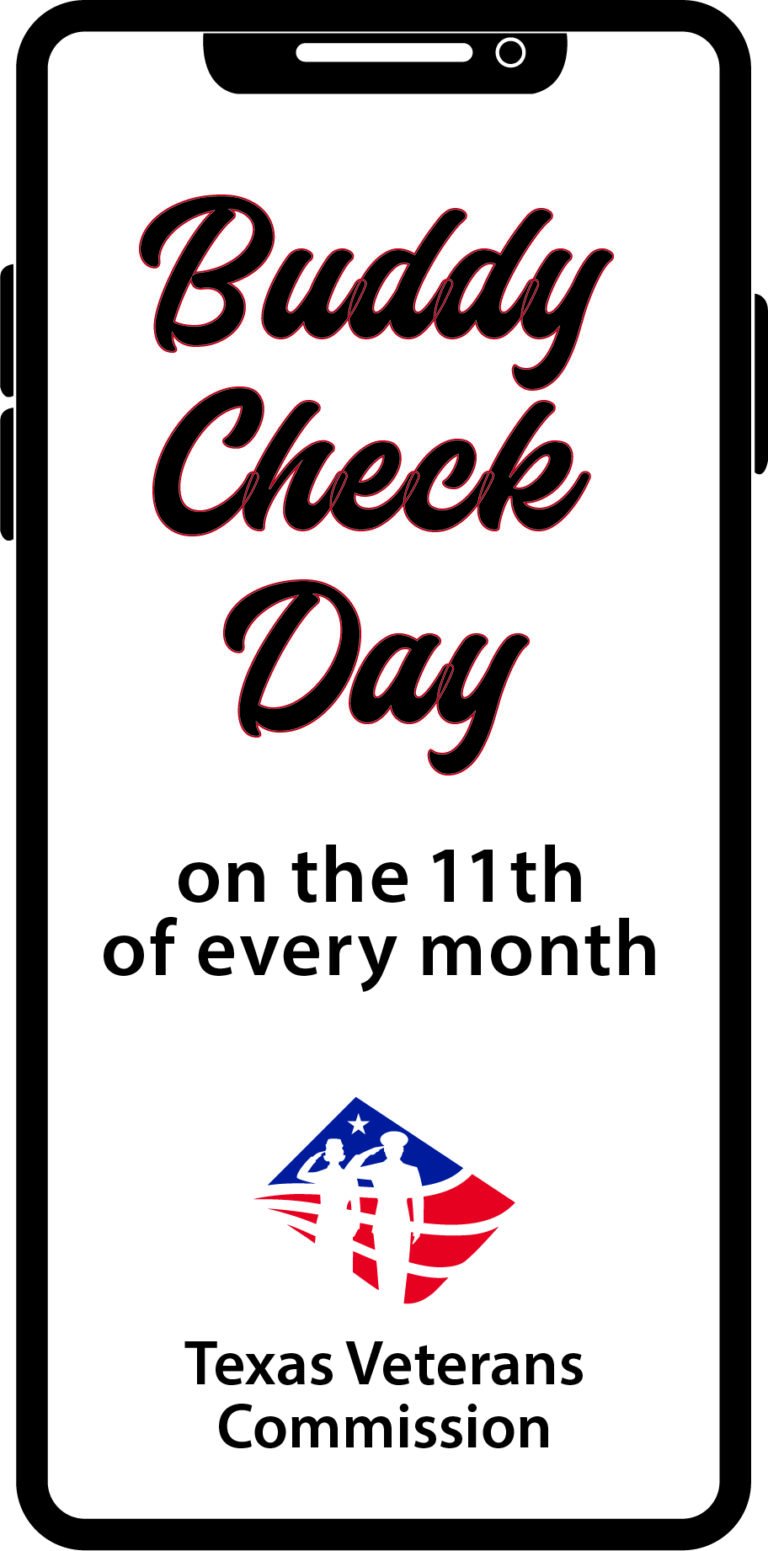As part of the Fund for Veterans’ Assistance (FVA) application process, you will have to define a veteran. This exercise is a practical one, rather than philosophical.
Requests for Application from the Fund for Veterans’ Assistance all include definitions of surviving spouse and disabled veteran because these terms are set by our governing statutes. But some organizations have a specific population or experience in mind when designing their grant programs, so FVA asks applicants for their own definition of a veteran in the application process.
Definition Components
Your organization’s answer to this question can be broken down into several components:
BRANCHES SERVED
Does your organization serve veterans in any branch of the military, or do you target your services at a specific subset of the military? For example, some organizations are dedicated to serving only Special Forces veterans, or only the National Guard.
National Guard and Reserve units are subsets of the primary military branches (Army, Navy, Air Force, Marines, and possibly Coast Guard). Will your program serve any individual who has served in the military in any capacity?
Will you serve soldiers from a National Guard or Reserve unit, or will services be targeted to former active servicemembers of the four branches only?
ACTIVE DUTY OR FORMER SERVICEMEMBERS
Now, consider the service status of your potential beneficiaries. Are you looking to serve individuals who have been discharged from the armed forces, or are you also looking to include current members of the military?
SPECIFIC CONFLICTS
The United States has been involved in a broad variety of conflicts over the last century. Will you target your program at a specific cohort, who served in a unique setting (for example, the Korean War or the post-911 period)? Are your services best targeted at individuals who were deployed in a specific theater who may have adverse impacts in common?
DEPLOYMENTS
Building on your answer to the last segment, does your program serve only former servicemembers who were deployed overseas? Do you serve all former servicemembers from the entire post-911 period, or just veterans deployed in Operation Iraqi Freedom or Operation Enduring Freedom? Do you also include former members of the military who served in units deployed closer to home (i.e. for natural disaster response)? Not all servicemembers will be deployed during their military career.
LENGTH OF TERM OF SERVICE
Does your project place restrictions on how long the veteran must have served? Do you intend to serve individuals who served a full 20+ year military career, or are your services targeted at individuals who may have done one enlistment or maybe less? Do you intend to serve former servicemembers who were discharged after a week in boot camp?
CHARACTER OF SERVICE
Finally, Character of Service denotes under what conditions the former servicemember was discharged. Do you intend to serve only former servicemembers with an honorable discharge? Will you serve beneficiaries with any discharge status, except dishonorable? Will you serve any discharge status including dishonorable? What about a Bad Conduct or General Under Honorable discharge status?
In Conclusion
Your organization’s definition of a veteran is an essential component of your grant application. During the contract negotiations process, staff may ask you to go back and clarify an answer that does not describe which of these conditions must be met in order to provide services.
So describe your target population with these questions in mind, and don’t hesitate to reach out if you need further clarification.
- Grantees: Contact your Grant Officer
- Applicants: Contact Communications
—
Featured Photo Background Source: COMSEVENTHFLT, “120304-N-SD300-019.jpg” on Flickr. Creative Commons license, Attribution Required.




